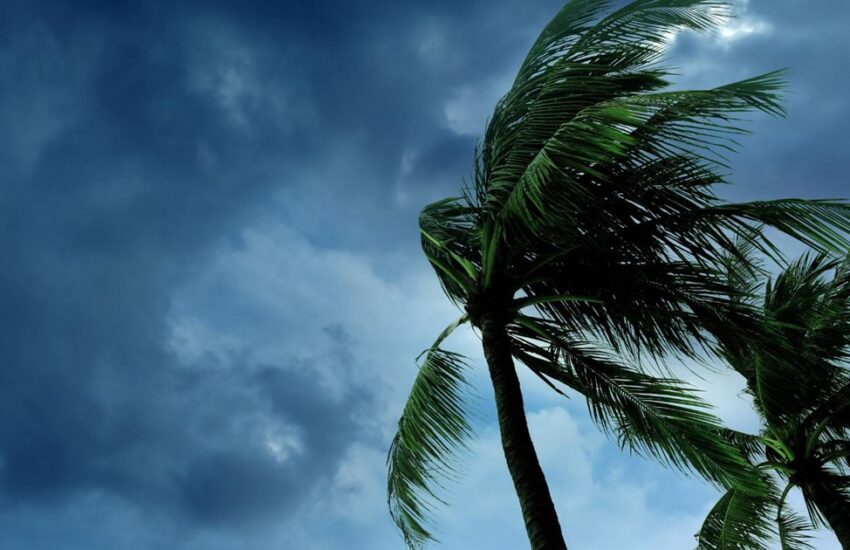Wondering how extreme weather affects your travel insurance? I learned the hard way when a hurricane ruined my Caribbean trip. Here’s what you need to know about coverage, climate change, and protecting your next adventure. We’ve all been there dreaming of a perfect getaway, only for Mother Nature to throw a tantrum. I remember booking a sun-soaked trip to the Caribbean, imagining lazy beach days and fruity drinks. Instead, I got airport chaos, canceled flights, and a brutal lesson in why travel insurance matters.
With climate change making storms, wildfires, and heat waves more frequent, understanding how extreme weather impacts travel insurance is crucial. Let’s break it down without the confusing jargon.
Does Travel Insurance Cover Extreme Weather? Spoiler: It Depends
Most standard policies do cover weather-related disruptions, but the devil’s in the details. A basic plan might reimburse you if a hurricane makes your destination uninhabitable, while pricier options could include delays, missed connections, or even emergency evacuations.
Here’s the catch: timing is everything. If you buy insurance after a storm is named or a heatwave is predicted, insurers may consider it a “foreseeable event” and deny your claim. I made this mistake once thinking I could sneak in a last-minute policy before a storm hit. Big mistake.
And not every drizzle or heat spike counts. Insurance companies usually require proof that the weather made travel dangerous or impossible. A little rain? Probably not covered. A Category 4 hurricane shutting down airports? That should qualify.
Climate Change Is Reshaping Travel Insurance
Wildfires, stronger hurricanes, unpredictable snowfall extreme weather isn’t just increasing, it’s rewriting the rules. Insurers are scrambling to adapt, with some charging higher premiums for high-risk destinations and others rolling out specialized “climate coverage” for unpredictable conditions.
My advice? If you’re traveling during hurricane season or to a wildfire-prone area, spring for Cancel for Any Reason CFAR coverage. Yes, it costs more, but when I used it to bail on a ski trip during a freak warm spell, I learned firsthand that flexibility is worth every penny.
The Fine Print That Could Save Your Trip And Wallet

Insurance policies love burying key details in microscopic text. Before you buy, scrutinize:
What counts as a “foreseeable” weather event
Whether evacuations are covered if things turn dangerous
Exactly what documentation you’ll need to save every email, screenshot, and official notice.
After my Caribbean disaster, I learned airlines and hotels will provide written proof of weather cancellations the golden ticket insurers demand.
Traveling Smarter in an Age of Weather Extremes
The new reality? Extreme weather isn’t going away, but we can outsmart it. Three hard-won tips:
Buy insurance immediately after booking before storms appear on radar
Opt for flexible bookings whenever possible refundable flights, changeable hotels
Pack patience and emergency snacks for inevitable delays
The world’s still worth exploring; you just need the right armor. With smart coverage and a little adaptability, you can still chase horizons, come hell, high water, or heatwaves.
References:
National Oceanic and Atmospheric Administration. “Climate Change and Extreme Weather.” https://www.noaa.gov/education/resource-collections/climate/climate-change-impacts
Federal Emergency Management Agency. “Travel Safety During Severe Weather.” https://www.ready.gov/severe-weather
U.S. Department of State. “Travel Insurance: Learn About Insurance While Traveling Abroad.” https://travel.state.gov/content/travel/en/international-travel/before-you-go/your-health-abroad/insurance-providers-overseas

